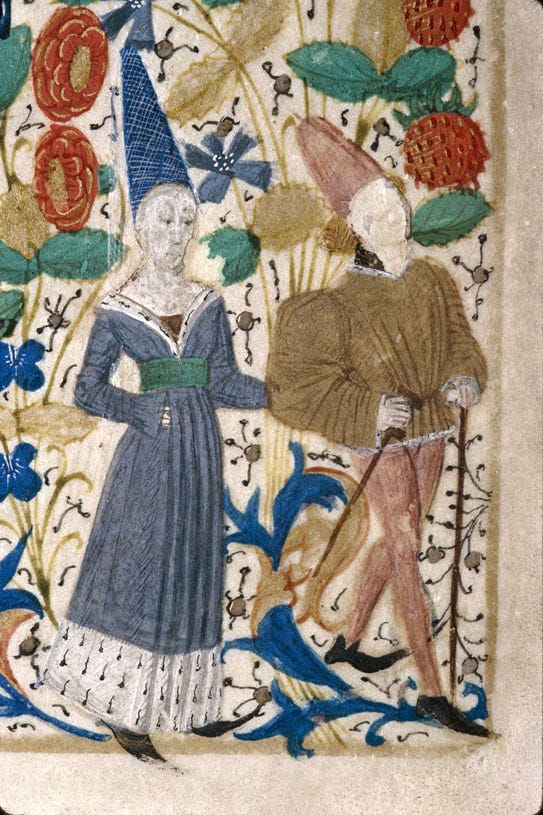The underlying cause

Drawn into the maelstrom of the coronavirus frenzy, my mind keeps turning to the late 1340s and to the arrival of the bubonic plague in Europe. I already reproach myself for not rewinding even further back, stopping at the Justinian plague of the 540s AD or even at the Plague of Athens of the 430s BC, the earliest recorded epidemic. I can't help it, my …
Keep reading with a 7-day free trial
Subscribe to Biblonia to keep reading this post and get 7 days of free access to the full post archives.

